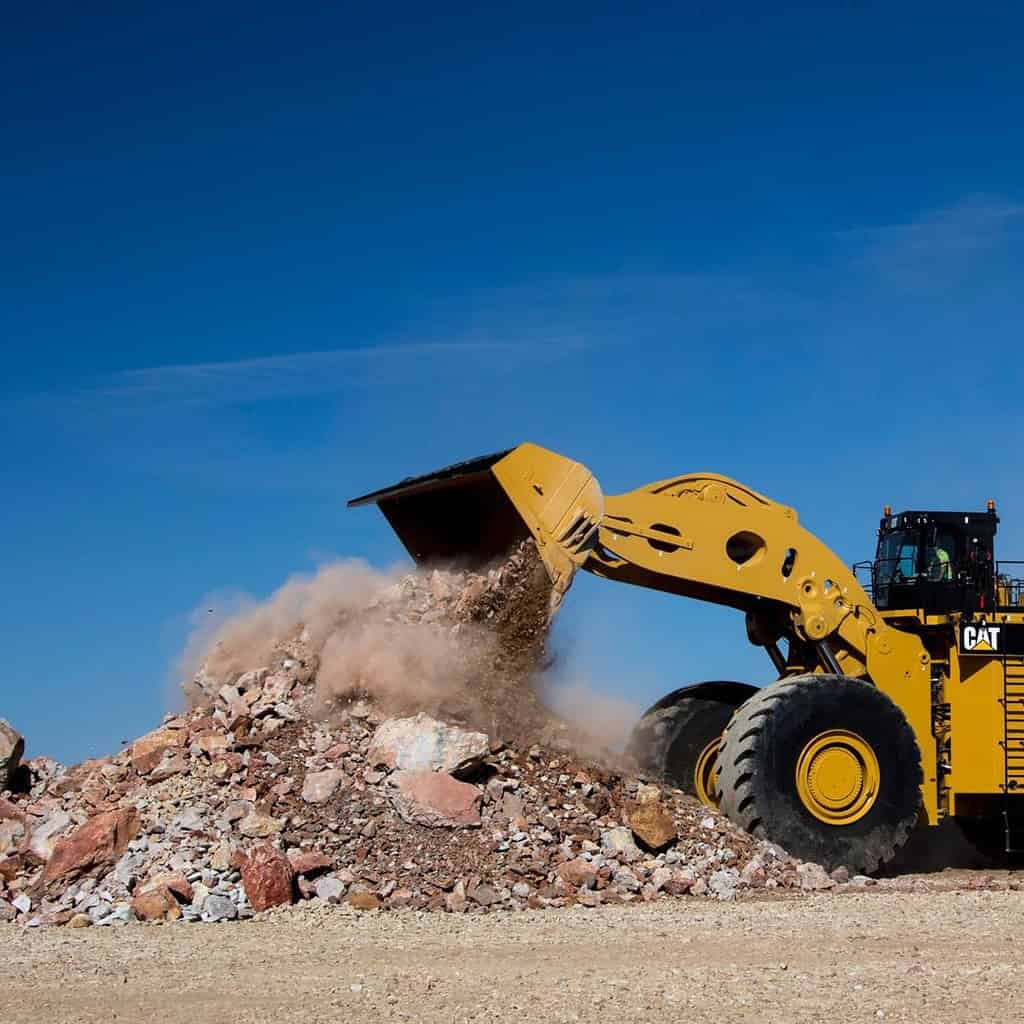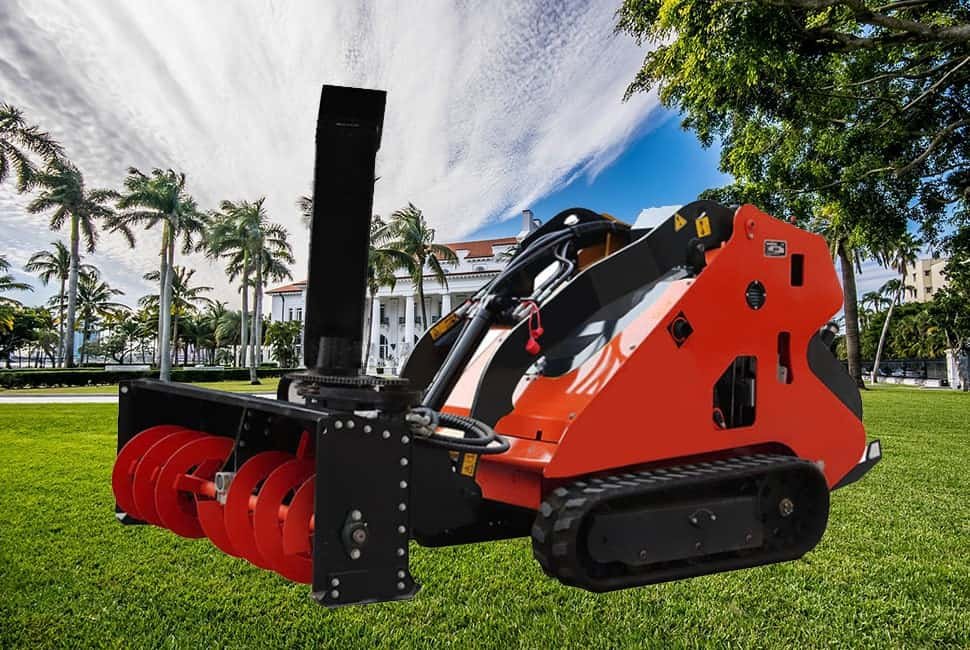To truly understand the capabilities of the biggest loader, we need to explore both its size and performance—critical factors for construction companies seeking heavy-duty equipment.
The biggest loader is known for its massive size and incredible lifting power. These machines are essential for large-scale projects, from mining to infrastructure development. Let’s dive into which loaders top the global charts and what makes them stand out.
Let’s look into the world’s biggest loaders, and what specific features make them the leaders in their class.
What defines the biggest loader?
When we talk about the “biggest” loader, we’re not just referring to its physical size, but also its lifting capacity and overall performance. But what exactly makes a loader the “biggest” in the world?
The term “biggest” usually applies to loaders with the largest bucket capacity, the highest lifting heights, and the greatest overall tonnage. These massive machines are typically deployed in mining, heavy construction, and large-scale infrastructure projects, where their sheer power and capacity are essential.
However, the size of a loader isn’t determined solely by its weight. It’s a combination of factors, including lifting capacity, engine power, and the weight of the material it can handle. Some of the most notable loaders, like the Caterpillar 994K and the Liebherr L 586 XPower, are pushing the boundaries of what’s possible in terms of size and capability. Each of these loaders is designed with specific strengths in mind. For example, the Caterpillar 994K is built for high-volume operations, making it ideal for large-scale mining and earthmoving tasks. On the other hand, the Liebherr L 586 XPower is renowned for its energy efficiency and environmentally friendly features, making it a top choice for projects that prioritize sustainability.
Who makes the biggest loaders?
The biggest loaders are typically manufactured by industry giants like Caterpillar, Komatsu, and Liebherr. But which of these brands truly leads in size and performance?
Companies such as Caterpillar, Liebherr, and Komatsu are leading manufacturers of the largest loaders in the world. These machines are engineered for extreme durability and unmatched power.
Take the Caterpillar 994K as an example. It truly stands out in terms of size and capacity. Caterpillar has long been a trailblazer in the heavy machinery industry, consistently developing machines that can transport enormous payloads with remarkable efficiency. Similarly, Liebherr has made significant strides in this field. Their L 586 XPower is a prime example of a robust machine designed to handle larger payloads while consuming less fuel. This feature makes it a key player in markets that prioritize sustainability.
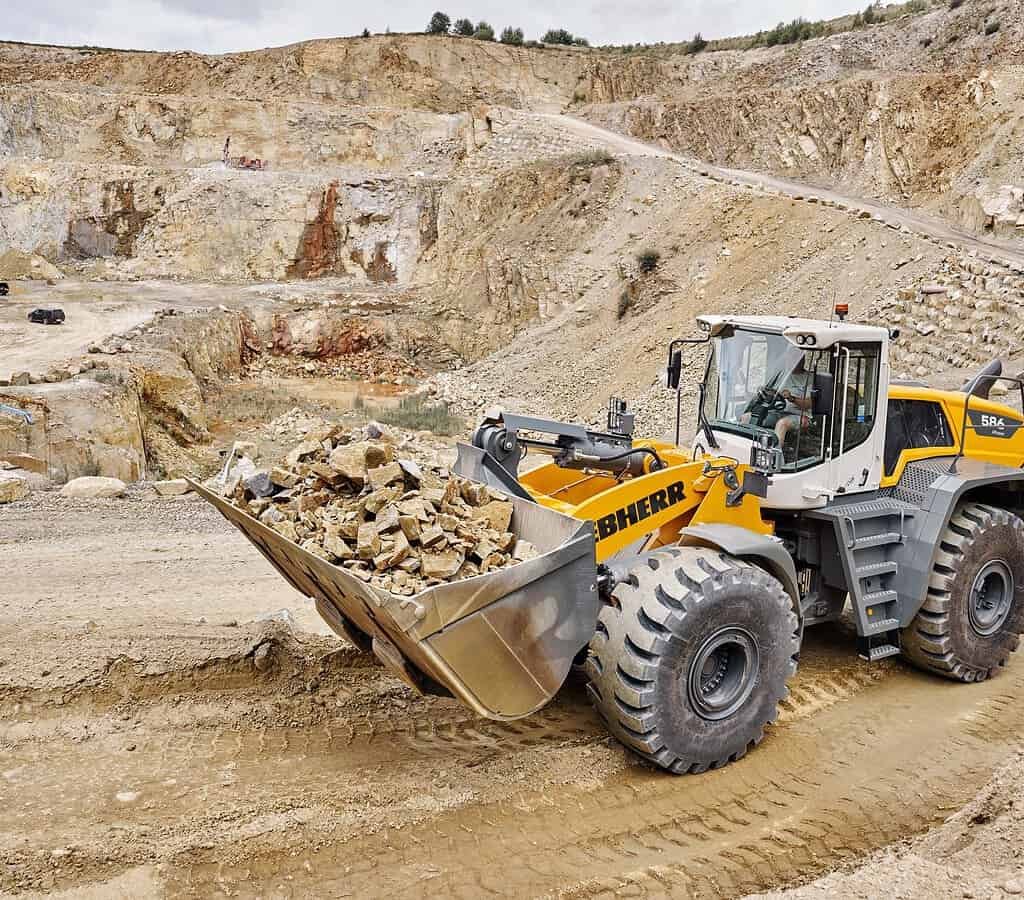
What are the specifications of the biggest loaders?
Understanding the specifications of the largest loaders is essential for determining their suitability for particular tasks. These details often include bucket capacity, operating weight, and horsepower. For example, a loader with a larger bucket capacity can move more material in fewer trips, which can significantly boost productivity on large-scale projects. The operating weight of a loader can affect its stability and maneuverability, especially on uneven terrain or in tight spaces. Meanwhile, a higher horsepower engine can provide the necessary power to handle heavy loads and demanding tasks more efficiently. By carefully considering these specifications, you can select the right loader for your specific needs, ensuring optimal performance and efficiency on the job.
The biggest loaders can have bucket capacities that exceed 20 cubic yards and operating weights well over 100 tons. These specifications make them ideal for demanding construction and mining applications.
The Liebherr L 586 XPower is another contender, with an operating weight of around 40 tons and a bucket capacity of up to 8 cubic meters, showing how a combination of power and size leads to unmatched efficiency. The Caterpillar 994K, on the other hand, has an impressive bucket capacity of 9.5 cubic yards and an operating weight of over 100 tons, making it perfect for handling large volumes of material in open-pit mining operations.
| Category | Specification |
|---|---|
| Engine Model | Cat® 3516E |
| Emissions | U.S. EPA Tier 4 Final / EU Stage V or U.S. EPA Tier I equivalent |
| Rated Speed | 1,600 rpm |
| Engine Power (ISO) | 1377 kW / 1,847 hp |
| Gross Power | 1394 kW / 1,870 hp |
| Net Power | 1297 kW / 1,739 hp |
| Standard Ambient | 1297 kW / 1,739 hp |
| High Ambient | 1265 kW / 1,696 hp |
| Bore | 170 mm (6.7 in) |
| Stroke | 215 mm (8.5 in) |
| Displacement | 78.1 L (4,766 in³) |
| Peak Torque | 11,591 Nm / 8,549 lbf-ft |
| Torque Rise | 39% |
| Operating Weight | 240,018 kg / 529,149 lb |
| Rated Payload | 40.8 tonnes / 45 tons |
| Transmission Type | Cat Planetary Power Shift |
| Forward Speed 1 | 7.4 km/h / 4.6 mph |
| Maximum Flow | 2047 L/min / 541 gal/min |
| Lift System | Positive Flow Control |
How much can the biggest loaders lift?
A loader’s lifting capacity is crucial to its classification as one of the biggest. How much weight can these giants actually lift, and what does that mean for construction projects?
The biggest loaders can lift as much as 100 tons, a feat that makes them indispensable in industries like mining and large-scale construction. Their lifting capacity is a testament to their engineering.
These machines are built to lift massive amounts of material in a single go, saving time and increasing efficiency on large sites. The Caterpillar 994K, for instance, can lift up to 47,500 kg, allowing it to handle heavy-duty jobs in extreme environments. Its ability to lift such enormous weights in challenging conditions makes it a vital asset in any large construction or mining project.
Where are the biggest loaders used?
The biggest loaders are used in a variety of settings, from mining to large infrastructure projects. Let’s look at the primary industries and environments where these massive machines are deployed.
These giant loaders are primarily used in mining, quarries, and large-scale construction projects. Their size and strength make them suitable for environments where other loaders would be ineffective.
The biggest loaders play a pivotal role in tasks that require moving tons of material quickly. Whether in coal mines or road construction projects, they reduce operational downtime and improve productivity. For example, the Caterpillar 994K is often seen on mining sites, where it handles the huge volumes of earth and minerals extracted daily, providing crucial support to the entire operation.
What makes the biggest loaders so expensive?
The enormous cost of the biggest loaders is due to their advanced engineering, high-end materials, and specialized functions. But what exactly drives their price tag?
The cost of these loaders is a direct result of their size, power, and specialized construction features. They are also equipped with cutting-edge technology to ensure safety and operational efficiency.
From hydraulic systems to fuel efficiency, every aspect of a big loader is designed to operate in demanding environments. These machines are investments for companies that require the best in performance and durability. Moreover, their advanced safety features, like automatic load monitoring and operator assistance systems, add to their value, ensuring productivity and minimizing risk on the job site.
What is the biggest wheel loader in the world?
The wheel loader combines speed and maneuverability with substantial power, making it a popular choice in large-scale construction projects. Which one is the biggest, though?
The largest wheel loader in the world is the Caterpillar 994K, boasting a bucket capacity of 9.5 cubic yards and an operating weight of over 235,000 pounds. It’s built to handle extreme payloads in various industries.

The Caterpillar 994K is designed for high-volume material handling, featuring a robust hydraulic system, fuel efficiency, and impressive stability. Its large tires provide the necessary traction for operations in mining and heavy construction environments, where speed and power are essential for getting the job done quickly and efficiently.
What is the biggest crawler loader in the world?
Crawler loaders are known for their superior stability and traction, making them ideal for rough terrain. But which crawler loader holds the title for being the biggest?
The Liebherr PR 764 Crawler Loader is currently the largest crawler loader in the world. With an operating weight of over 60 tons and a bucket capacity of 4.5 cubic yards, it’s a powerhouse in harsh environments.
Crawler loaders like the Liebherr PR 764 are used in mining and forestry, where stability is essential. They feature tracks that distribute weight more evenly, allowing them to work on soft or uneven ground without compromising performance. This makes them the perfect tool for handling heavy loads in rugged landscapes.
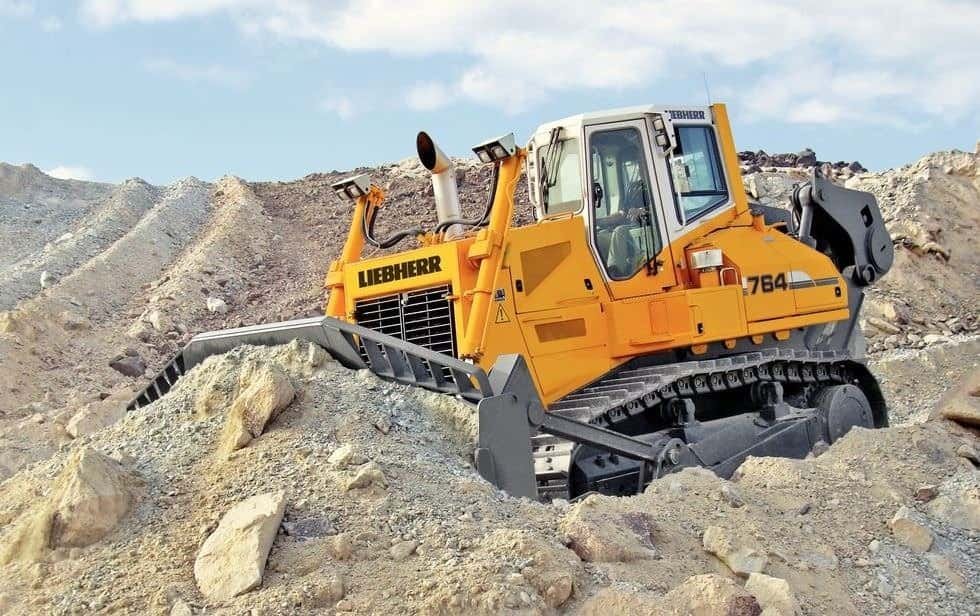
What is the biggest skid steer loader in the world?
Skid steer loaders are typically smaller and more agile than other loaders. However, there are a few models that stand out as the largest in this category.
The largest skid steer loader is the Caterpillar 272D, known for its high lifting capacity and robust design. It can handle loads up to 3,000 lbs and is used for a variety of construction and agricultural tasks.
While not as large as other loader types, skid steer loaders like the Caterpillar 272D are versatile machines. They are widely used in landscaping, agriculture, and small construction projects where space is limited but power is needed. The 272D’s compact design allows it to operate in tight spaces, while its strong engine ensures it can take on heavy-duty tasks.
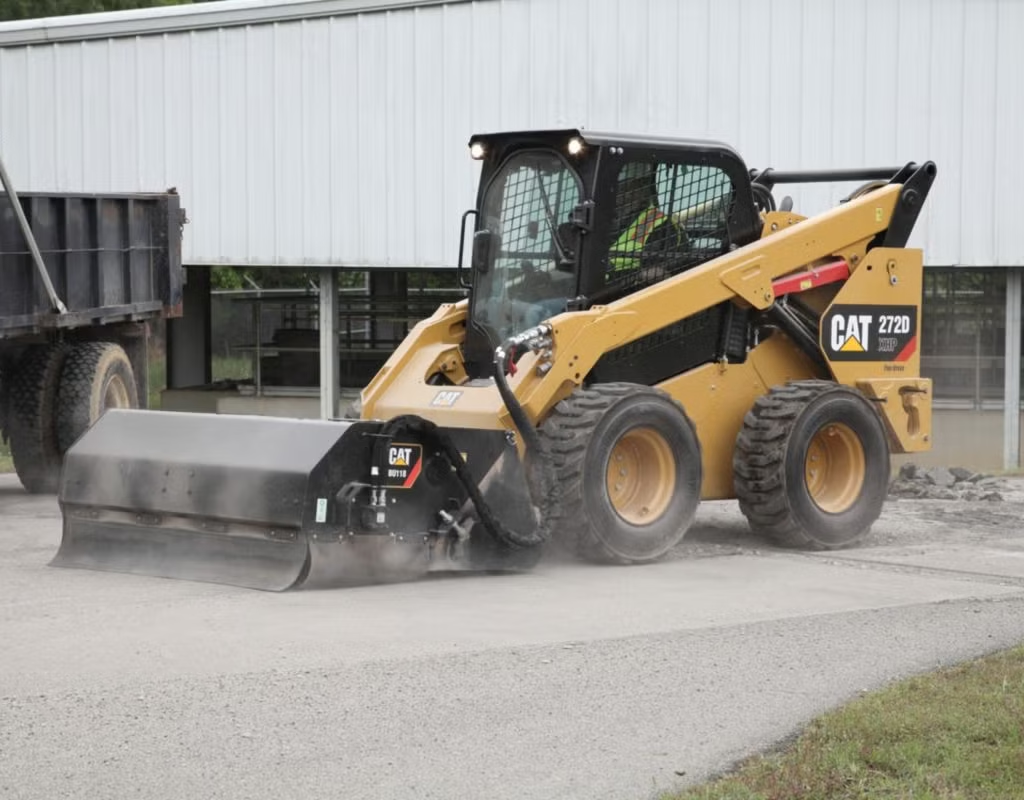
What is the biggest backhoe loader in the world?
Backhoe loaders are versatile machines that combine the power of a loader and a backhoe. Which backhoe loader is the largest in the world?
The biggest backhoe loader is the JCB 5CX, featuring a powerful engine and a lifting capacity that makes it suitable for heavy-duty digging and loading operations.
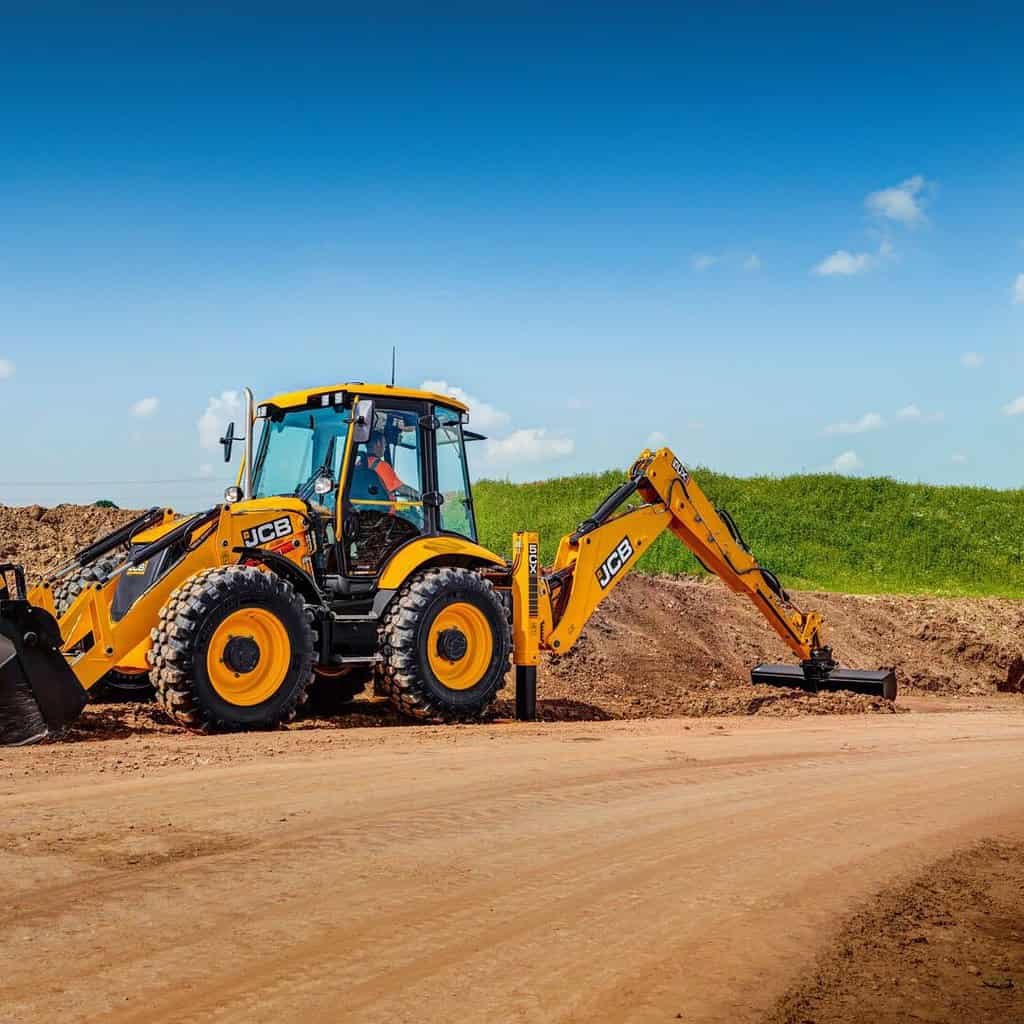
The JCB 5CX has a combination of strength and agility, capable of operating in tight spaces while performing high-level tasks like trenching and loading. It’s particularly useful in construction and roadwork projects, where a balance between digging and loading capabilities is required. Its four-wheel drive also makes it efficient on a variety of terrains.
Summary
In the realm of heavy industries, the largest loaders—whether they are wheel loaders, crawler loaders, skid-steer loaders, or backhoes—serve as indispensable workhorses. These powerful machines provide the sheer strength and extensive capacity required to tackle large-scale projects with ease and efficiency.

